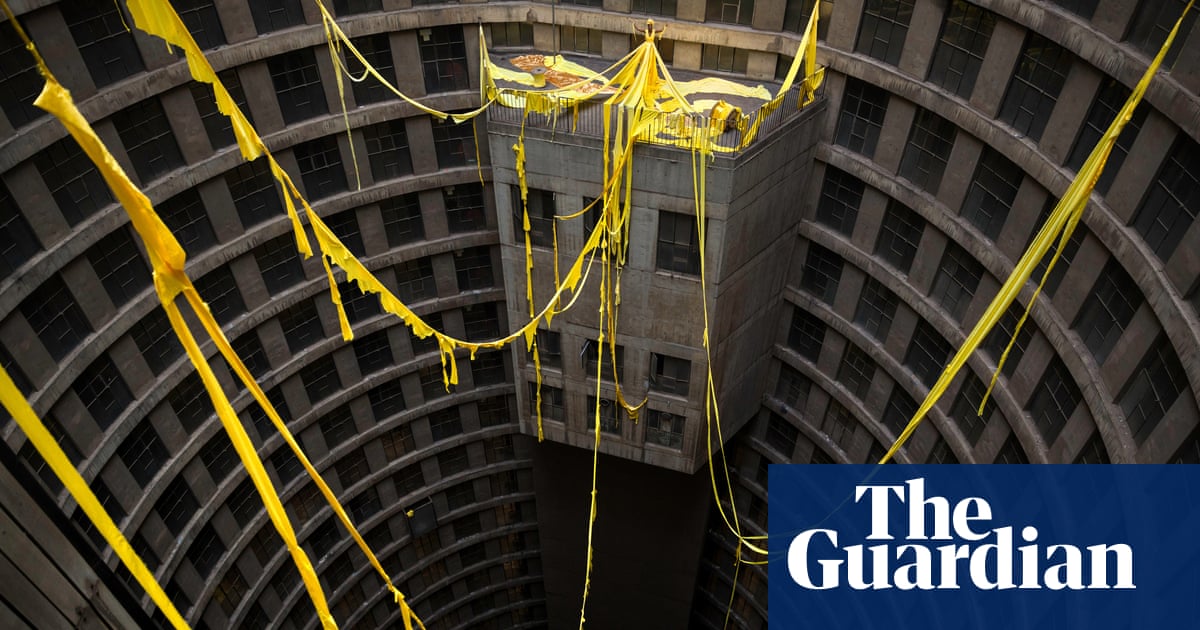
In the 1970s I went to free festivals like the Stonehenge free festival and the Windsor People’s free festival. In 1974 there wasn’t a law to prevent these activities but, given we were in the Queen’s back garden in Windsor, the police came, one of whom whacked me around the side of the head. I fell off my log, spilled my tea, and I’ve never been the same since. It colours your politics. I still have a slight indentation.
Having worked previously with the ambulance service, I helped set up festival welfare services at these events but the number of people coming to the tent asking for assistance was far outweighed by the ones saying their girlfriend had been arrested for a bit of hash. I made it my business to go around photographing stop-and-searches, because sometimes the police behaviour would be unacceptable – such as strip-searching people by the side of the road.
At these festivals we’d have a laugh looking at the Daily Express, Mail or News of the World. The mismatch between your experience and what they said you were doing was enormous. That’s one of the reasons why I started photography. I would go on to photograph such incidents as the Battle of the Beanfield in 1985, one of the largest mass arrests of civilians in British legal history.
In 1986, the Public Order Act outlawed the free festivals and the livings that they had supported vanished. More people signed on and the communities became a bit of a refugee column. Heroin and Special Brew started to appear. By 1990, I left to do a photography degree in Nottingham. I got involved there with the DIY Sound System and rave culture, which gave me a second wind – I found another tribe that was much more optimistic than the one I had left.
In 1992, people from across the country were on their way to the Avon free festival. Policing at the time was done by shifting you out of their area – Avon moved the convoys across into Worcestershire. People quickly settled on Castlemorton Common. If people trickle to an area it is easy to police, but word had spread and by the end of the following day there were 20,000 people.
There were points at Castlemorton where I was frightened because I could see the prospect for another Beanfield. But I also thought: I haven’t seen this in years. I was so grateful the whole thing had managed to coagulate without violence and nastiness, and with a common purpose to show it could still be done.
At the time it was a thing to dance on the top of the speaker stacks or on buses and trucks. At Castlemorton, all the trucks formed a circle, so I was sitting on a truck on one side and then there’s folks having it large on buses and trucks on the other side. I saw the couple about 40 feet away. They were clearly loving each other. I don’t know what’s on the end of that finger.
I didn’t speak to the people in the photo. What you’re trying to do as a documentary photographer is say something about the way people are, not the way they would like to be. If you ask somebody if you can take their photograph they’ll say yes and pose and present themselves in a way they’d prefer to be seen. Why would you want to do that? It’s no longer what you saw.
Alan Lodge’s CV
Born: Luton, Bedfordshire, 1953.
Trained: BA (hons) and MA in Photography, Nottingham Trent University.
Influences: “David Hoffman, Homer Sykes, Adrian Arbib, Edward S Curtis, Dorothea Lange, Don McCullin.”
High point: “Stonehenge free festival, the summer solstice of 1984.”
Low point: “The Battle of the Beanfield, June 1985.”
Top tip: “Photograph your friends and tribe. Record police stop-and-searches and other wrongdoings.”












